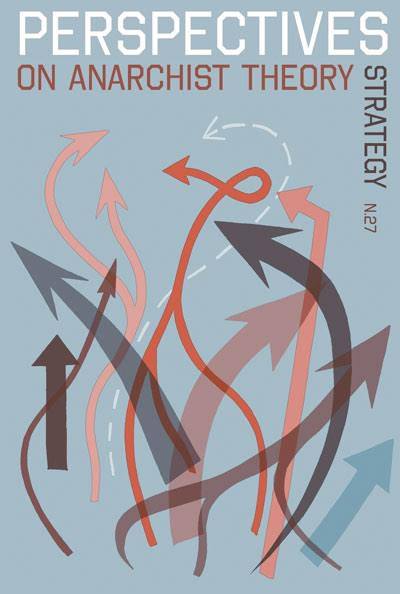Hunger Strikes, Dignity and Freedom Amidst the “War on Terror,” by Brooke Reynolds
This piece originally appears in issue N. 28 of Perspectives on Anarchist Theory, available from AK Press.
“I will carry my soul in my hand
/ And throw it in the valleys of death /
It is either a life that makes a friend happy
/ Or a death that makes an enemy angry.” –Abdulrahim Mahmoud, Palestine
“When the will is free and the cause is just, and you embody both, the human is capable of making miracles happen, and no oppressive, tyrannical, murderous regime can harm it” -Ameer Makhoul, Palestine
“Sometimes I sit in the chair and vomit. Nobody says anything. Even if they turned their backs I would understand. I’m looking for humans. All I ask for is basic human rights.” –Emad Hassan, Guantánamo Bay
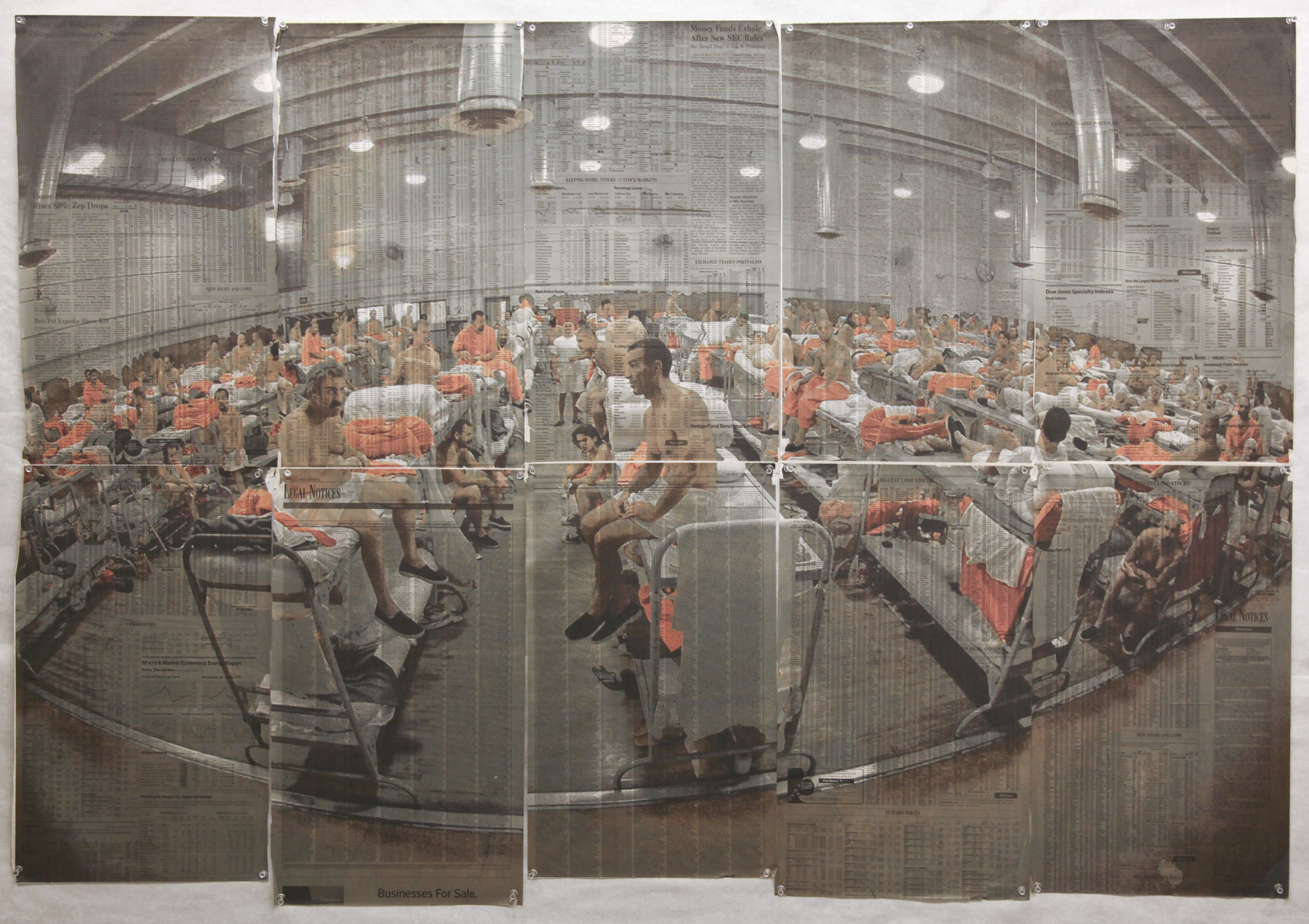
(Photo by Max Collins)
Insurgent Islands: A Continuing Conversation on Anarchism with Principles, by Kevin Van Meter
“Freely Disassociating” appeared in June 2015. Although it was written a year prior, the half dozen Left and radical publications to which it was initially submitted would not print it. Since its publication by Perspectives on Anarchist Theory inquiries and positive responses (such as Scott Campbell’s, on which I have commented upon elsewhere ) have found their way to me either directly or through intermediaries. Of course there was a series of irrational and nonsensical comments online that only served to confirm my claim that there isn’t an “audience that can access arguments and positions outside those with which it already agrees.” And for that matter, the positive responses confirm this as well. What is interesting about those who are generally supportive of my arguments is that they often agree with the analysis of the problems that currently exist in radical movements, but are neither able to completely disassociate from the “tyrannical bitterness” of contemporary radical politics nor to engage with the proposal that anarchism with principles will arise from a political project rather than being proposed a priori.
What I had not fully articulated in the original article is that until there is a counter-pole to current radical movements there cannot be a shift toward creating anarchism with principles. It would violate common sense to suggest that you can decrease X (involvement in radical movements as they are currently composed) and as a result Y (a counter-pole, anarchism with principles) would emerge. Our increasingly ideological anarchism is defined by theoretical practices: the setting of ones own limitations rather than common horizons; obsession with imaginary relations instead of relations between anarchism’s collective imagination and the ability to collectivize them in the world; and there is not a Yes to many, many No’s reversing the call for “One No, Many Yeses.” It is these practices that anarchism with principles seeks to counter. Moreover, and possibly more important, two interrelated problems suggest the need for another passage out of the current malaise. The approach of creating forms of organization, from clandestine cells to non-profits, a priori to the desires and activity that will propel them forward, postulate purpose, set priorities, and provide the content and context in which they will operate is fatal. This is exacerbated by the inability to make a clean break from current radical movements and instead align oneself with the rich, substantive history of revolutionary ideas and practices. Until these three separate issues are properly addressed the preconditions required for anarchism with principles to develop cannot be established. I will take each issue in turn.
Video of Lara and Paul Messersmith-Glavin, of the IAS, talking about organizing against climate catastrophe.
Lara and Paul Messersmith-Glavin, of the Institute for Anarchist Studies, the Perspectives journal crew, and the Hella 503 Collective in Portland, Oregon, discuss lessons from a recent grassroots organizing effort against climate change in a working class North Portland neighborhood. Lara and Paul discuss the anti-capitalist assumptions they have, how capitalism intersects with other forms of oppression like patriarchy and racism, and what it’ll take to stop the climate from changing, arguing that the climate crisis offers an opportunity to fundamental transform society.
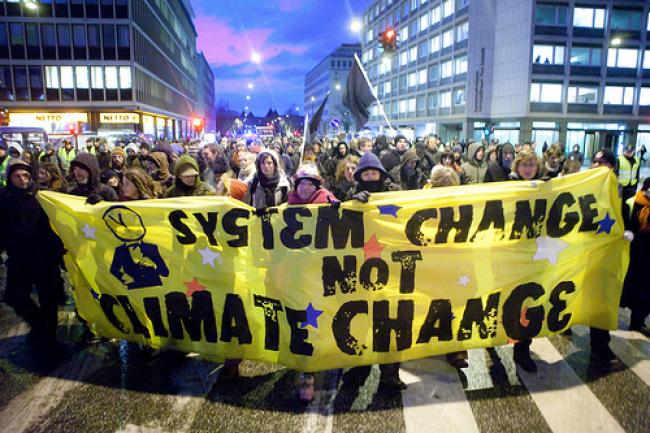
New IAS Newsletter!
The Fall 2015 IAS Newsletter is out, with news about new Anarchist Interventions books, current and forthcoming issues of Perspectives on Anarchist Theory, IAS’ speakers and member awards, and three new collective members, and so much more.
Meditation on Domestic Violence Intervention: A Personal Narrative, by Sara Rahnoma-Galindo
(This essay appears in the new issue of Perspectives on Anarchist Theory, available from AK Press here.)
I come from a family of short, strong, resilient women. My maternal grandmother, Antonina, ground corn in a molino, or mill. She lived on the southern side of town, the poor side of town, and her clients came to her mill not only to grind their corn, but to share with her their happiness, laughter, sorrows, and tears. In this impoverished community—where women would wake up at 3:00am to cook their corn, stand in line by 4:00am to see those same kernels ground into powder, and then take this masa home again to turn it into dough, into tortillas, into the basic caloric morning meal—this was the only place outside their homes where they could share topics they were too ashamed or scared to talk about elsewhere. Most of these talks were about love, betrayal, violence, and rage.
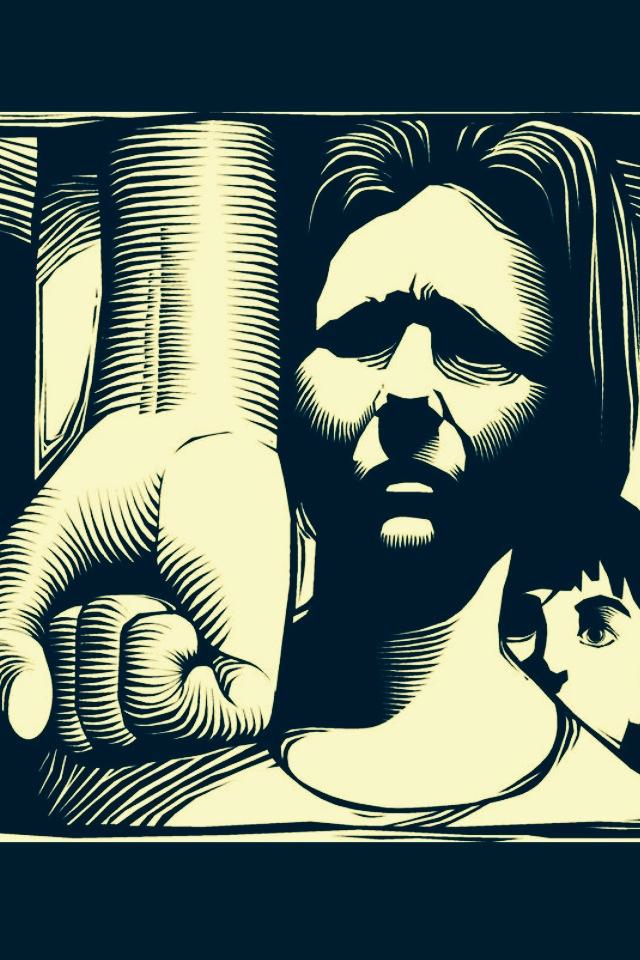
Organizing Against Climate Catastrophe
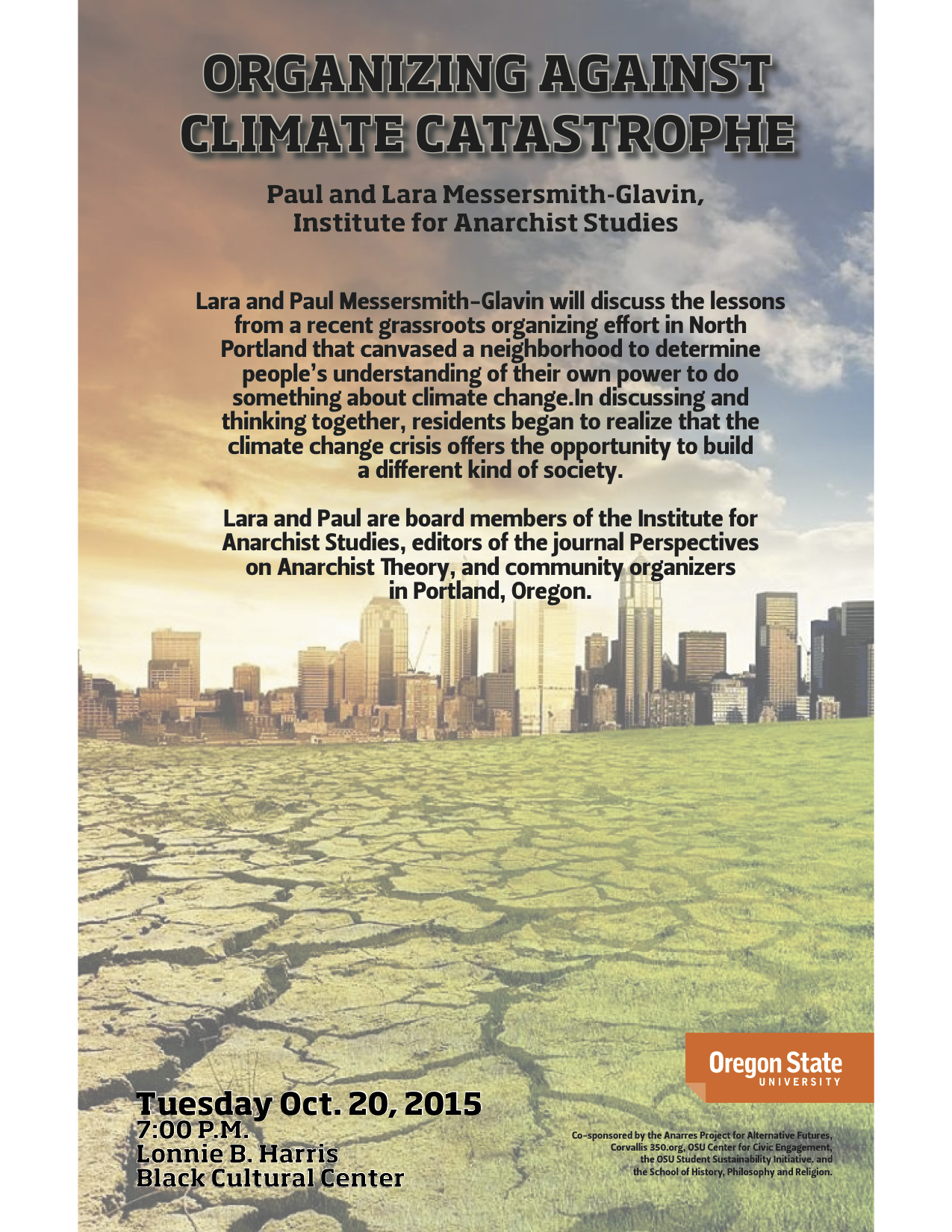
Lara and Paul Messersmith-Glavin, of the IAS and Perspectives on Anarchist Theory collectives, will reflect on the lessons of an organizing campaign done in the St. Johns neighborhood of Portland, Oregon. St. Johns is a conduit of fossil fuel exports in the Pacific Northwest, and was the site of the blockade of the Shell contracted ice-breaker Fennica – trying to reach the Arctic to assist in drilling for oil – involving people suspended from the bridge, people in kayaks on the water, and people on the land.
Support Radical Writing!
The current issue of Perspectives on Anarchist Theory, N. 28 on Justice, available here, features two essays written by people financially supported by a grant from the Institute for Anarchist Studies. The money for these grants come from donations from people like yourself, and allow these, and many other folks, to complete their writing projects. It allows them to do things like take time off work, or hire childcare, so they can write.
Layne Mullett, who wrote “Brick by Brick: Creating a World Without Prisons,” in the current issue, had this to say, “Getting a grant from the Institute for Anarchist studies allowed me to carve out time to think through and put down on paper some of the lessons I’ve learned from years of doing anti-prison organizing. The patient, thoughtful engagement and assistance from my (IAS) grant adviser pushed me to move forward with a project I otherwise would have given up on and helped deepen my political thinking about the daily work of building a movement to end mass incarceration.”
2015 IAS Writing Grants
The IAS received over 35 applications for writing grants in 2015, many of them outstanding. We awarded money to support the writing of two. The grants awarded are for projects by Laura Hall and E Ornelas.
Interviews from an Uprising, by Sarah Coffey
This essay appears in the current print edition of Perspectives on Anarchist Theory, N. 28 on Justice, available from AK Press here.
In the United States, the cops and the courts are essentially the same thing. Witness Ferguson, Missouri, 2014, a typical but nonetheless shocking systemic failure of justice—starting with the execution of an unarmed 18 year old Black man by a police officer, escalating into a secret trial manufactured to protect the killer by a cop-loving prosecutor1, culminating in a military exercise in the modern police state with more felony prosecutions than any protest scenario in the last 20 years2.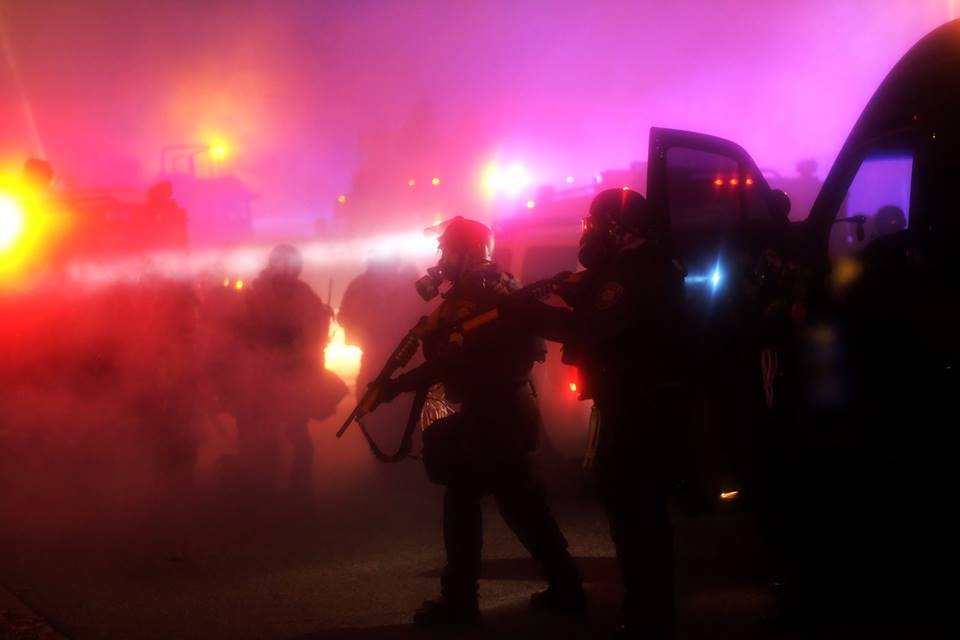 (by Jacob Crawford)
(by Jacob Crawford)
In the Ferguson/St. Louis3 area and across the country, people are pushing back against the systems of injustice and white supremacy that maintain societal control in the hands of the powerful few. Because the issues underlying the tragedy of August 9th go to the heart of systemic oppression in the US, the popular response has broad implications for the political future of the country.

